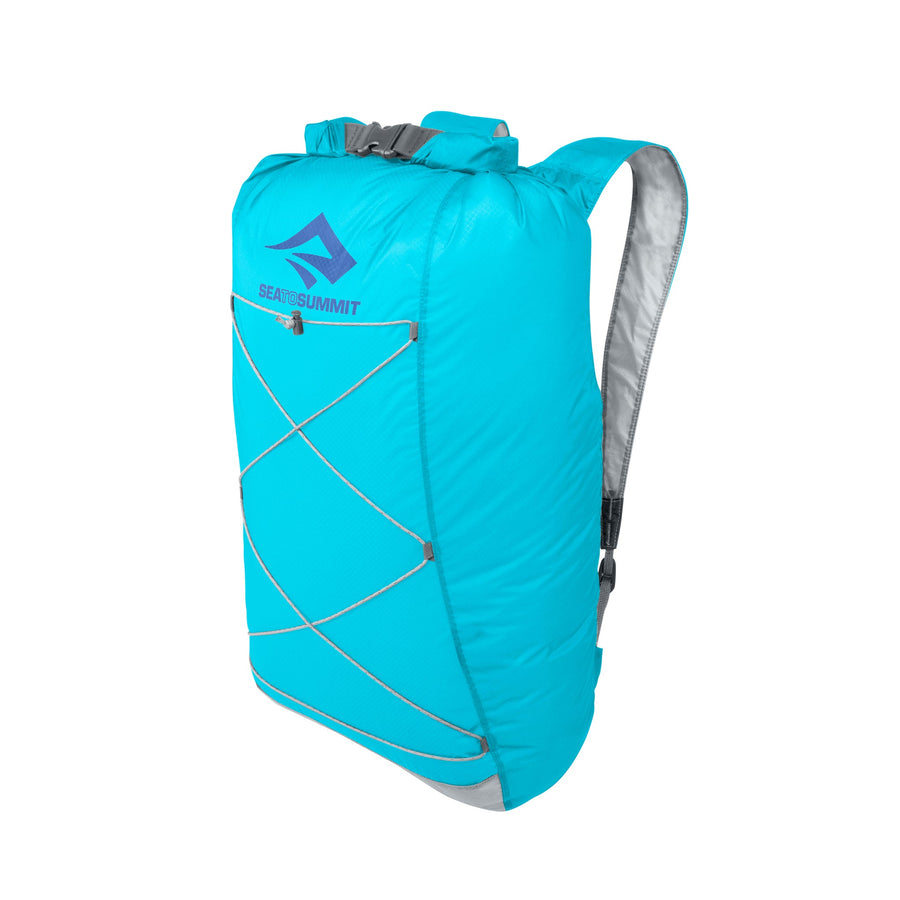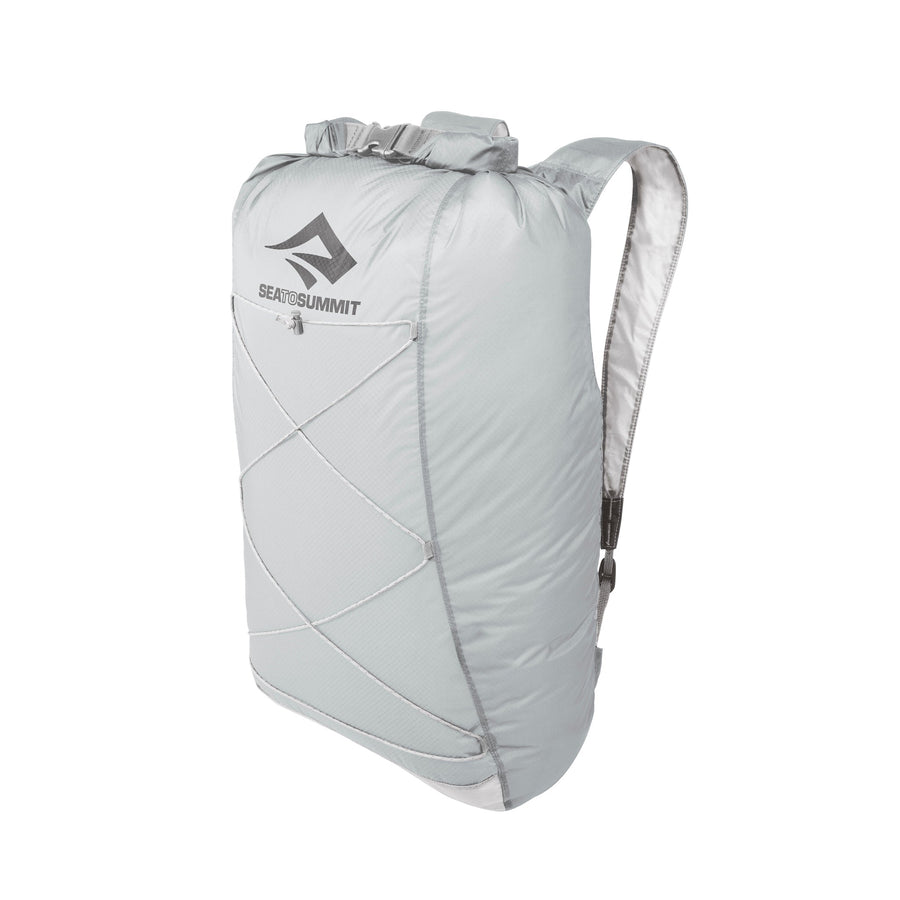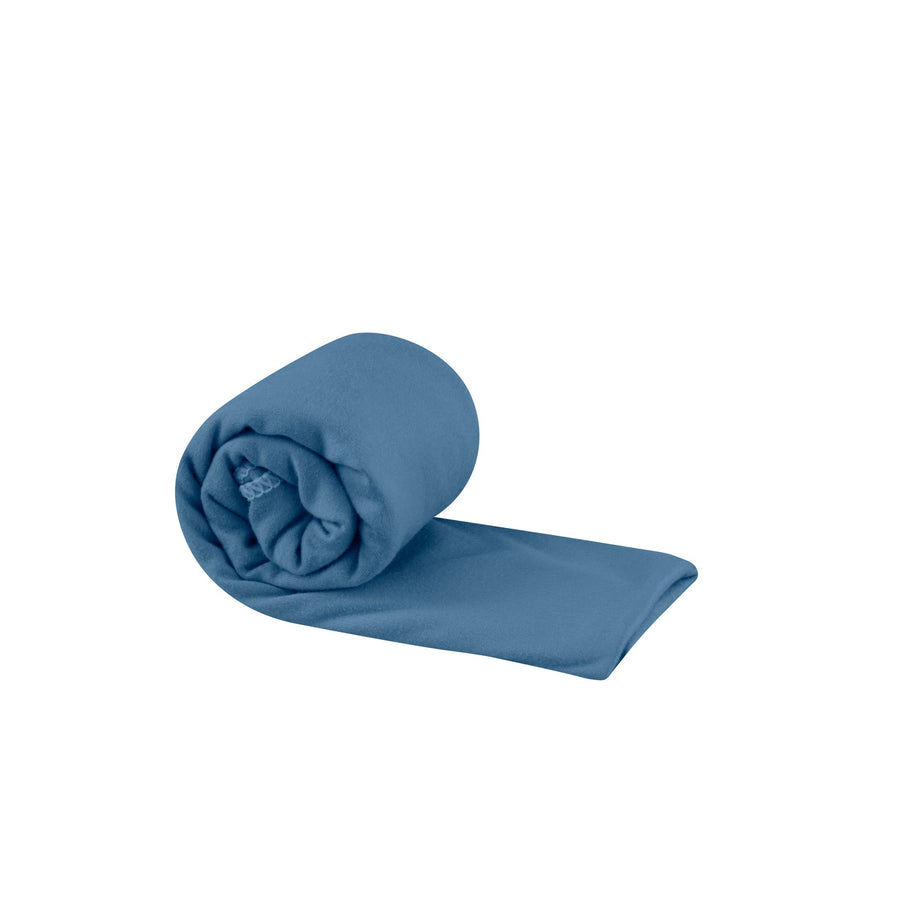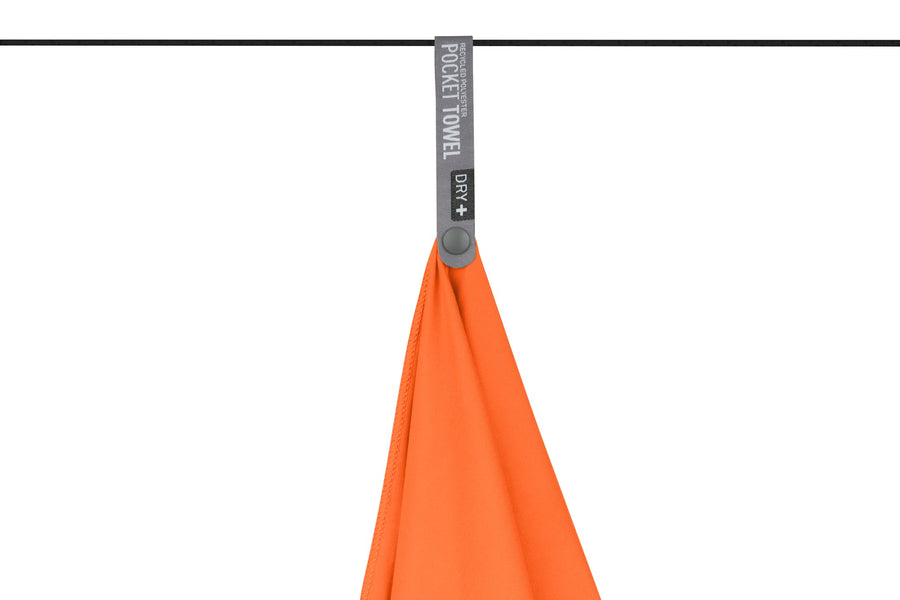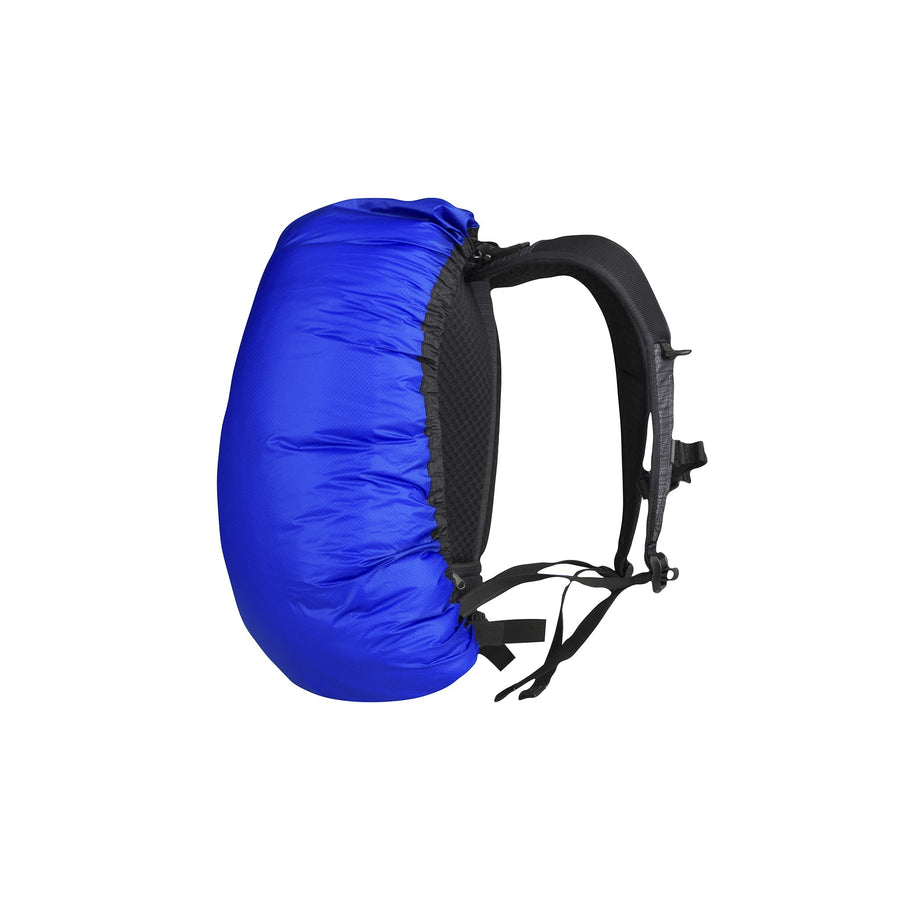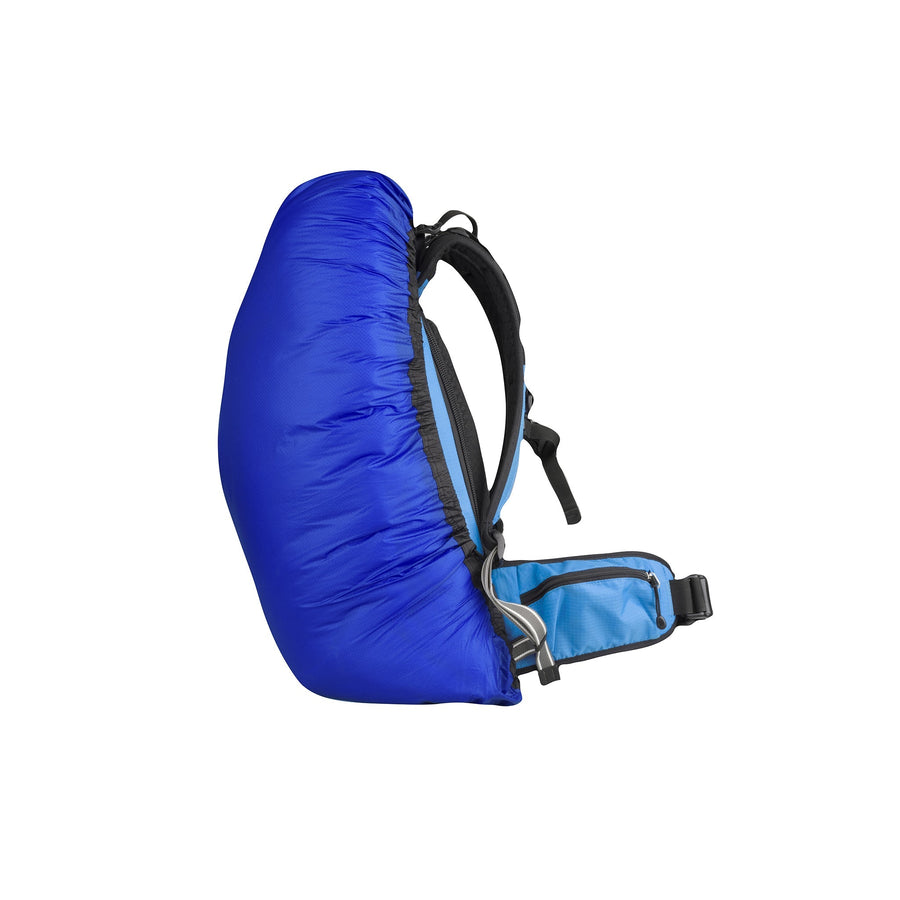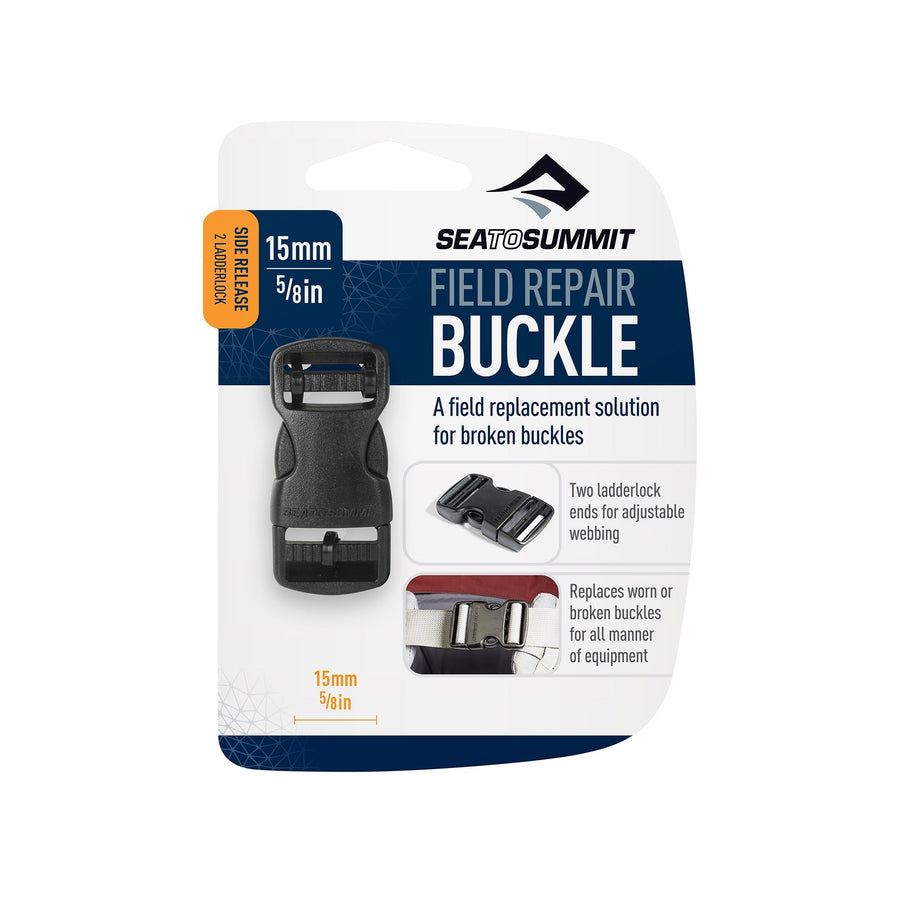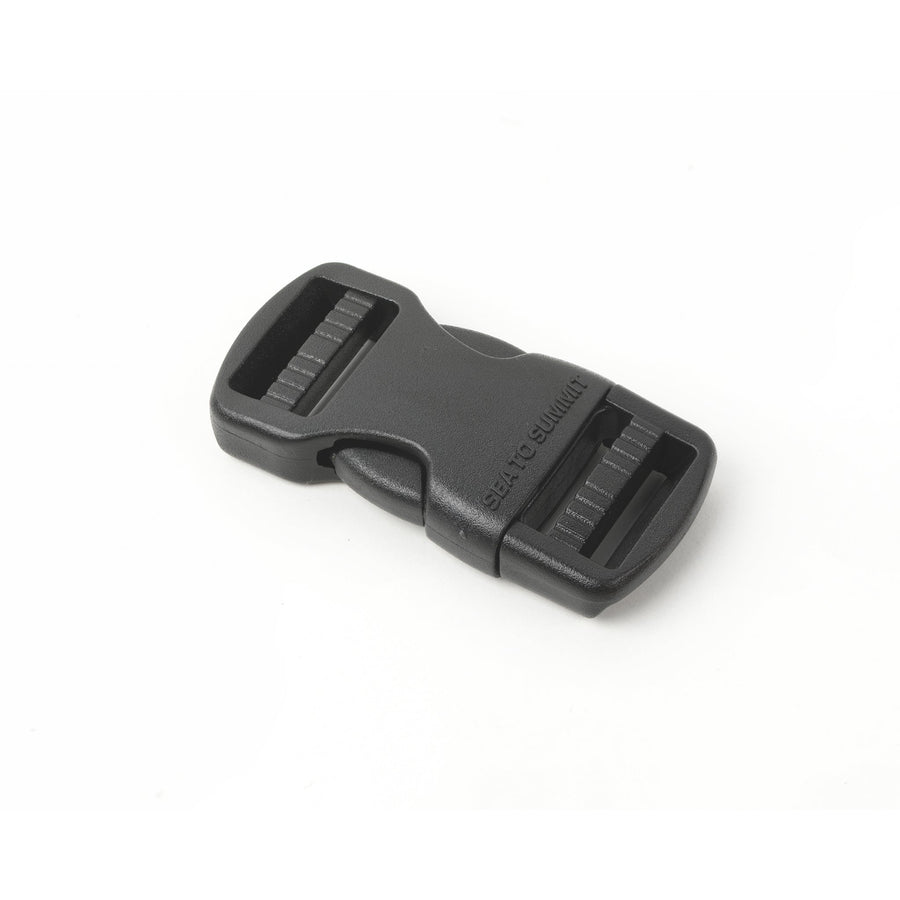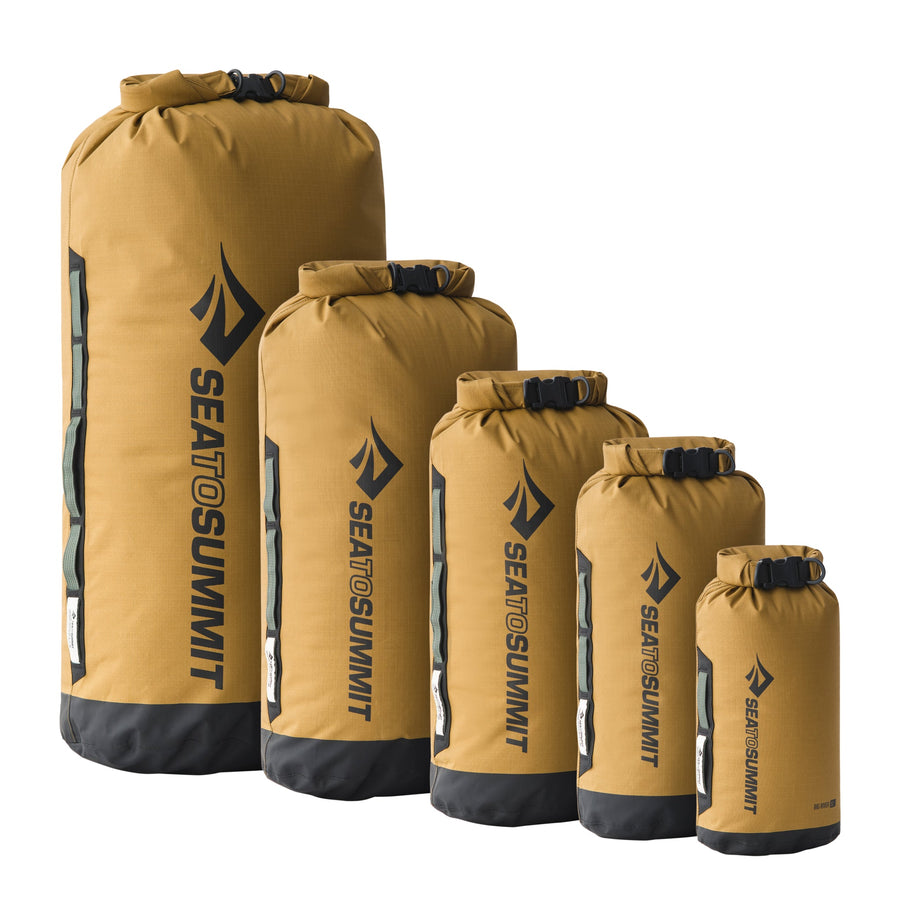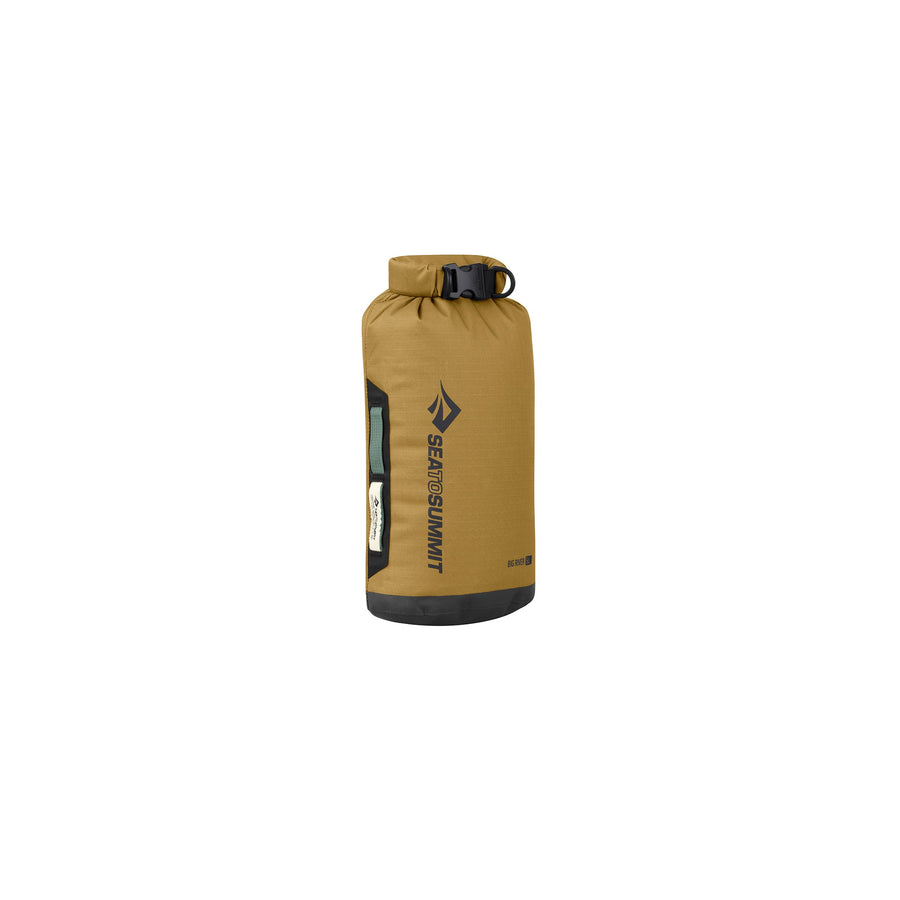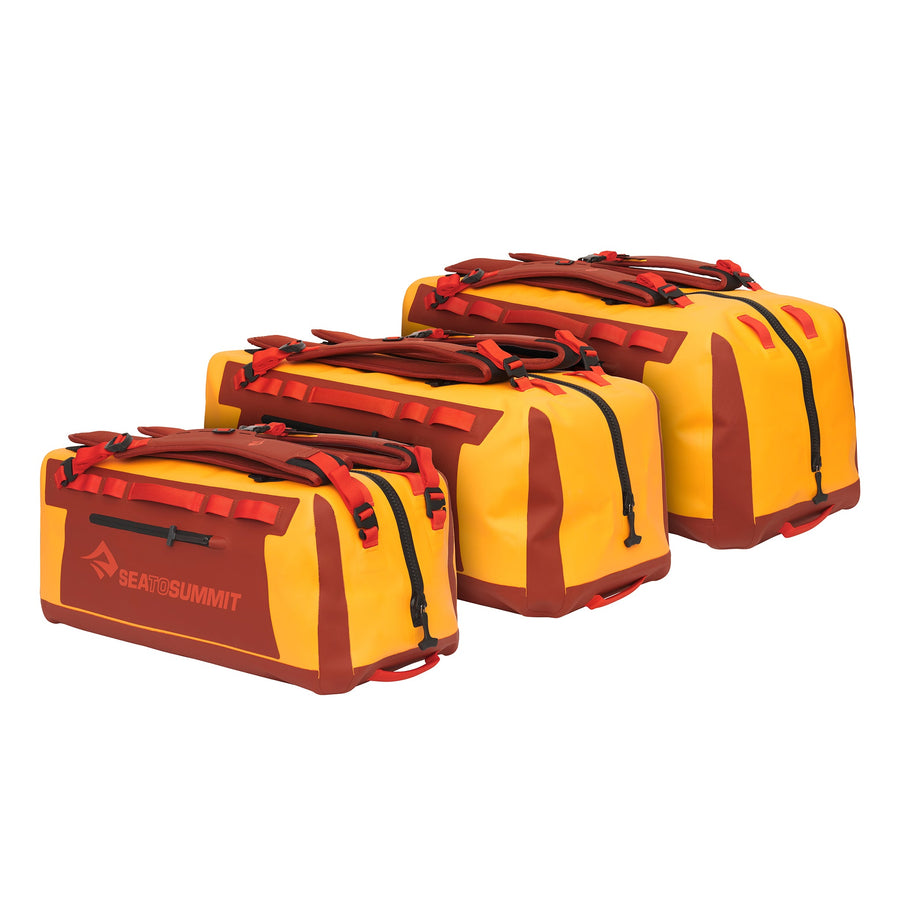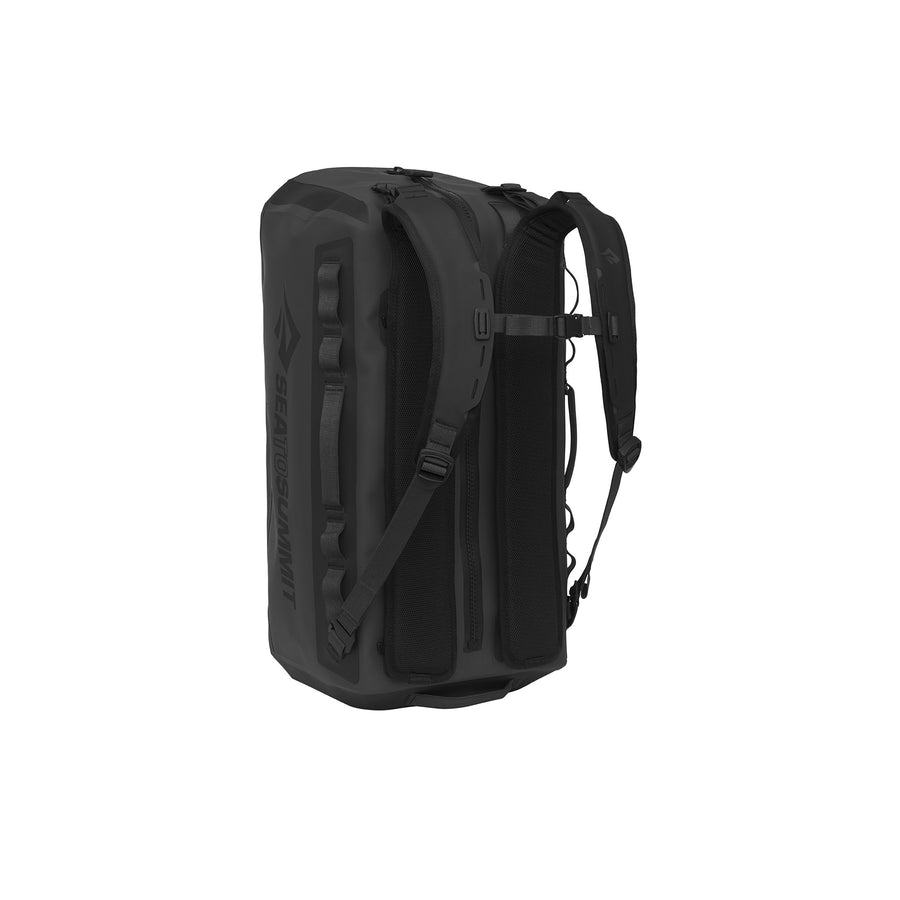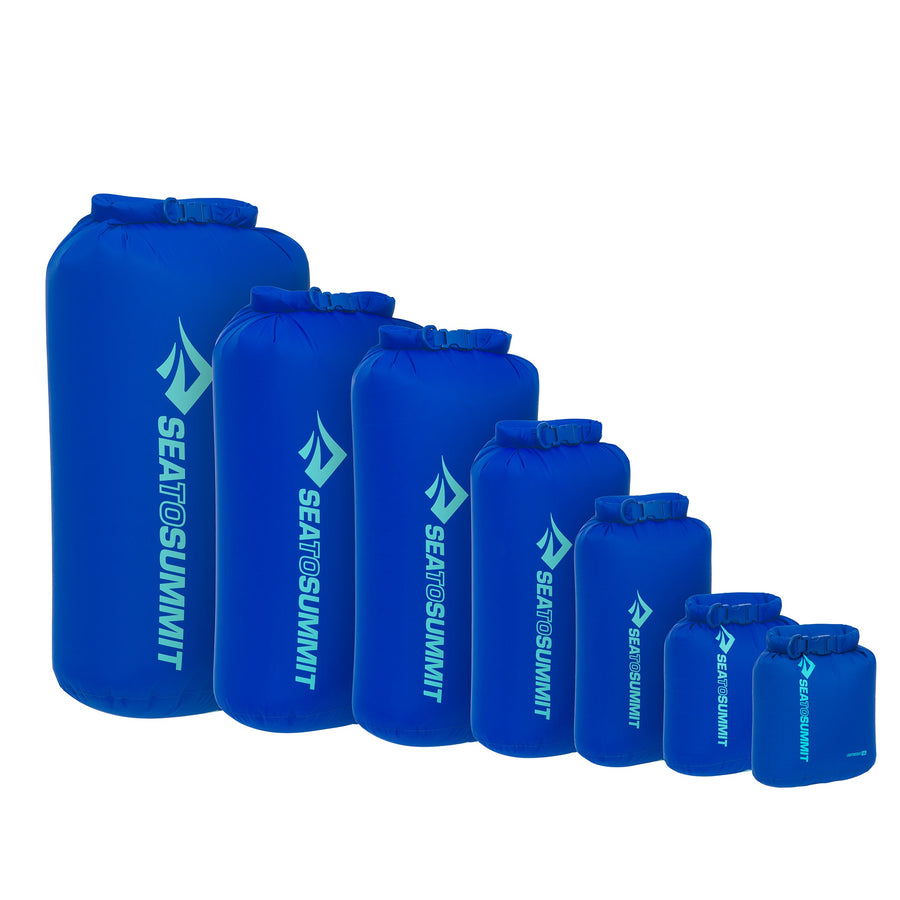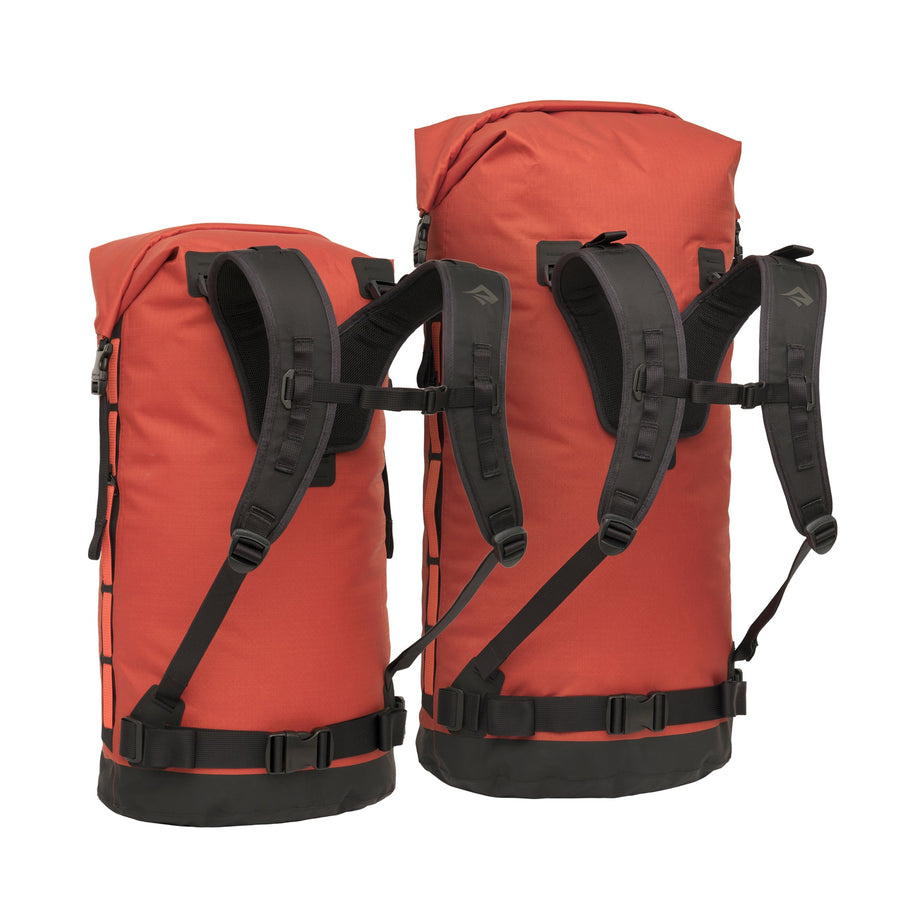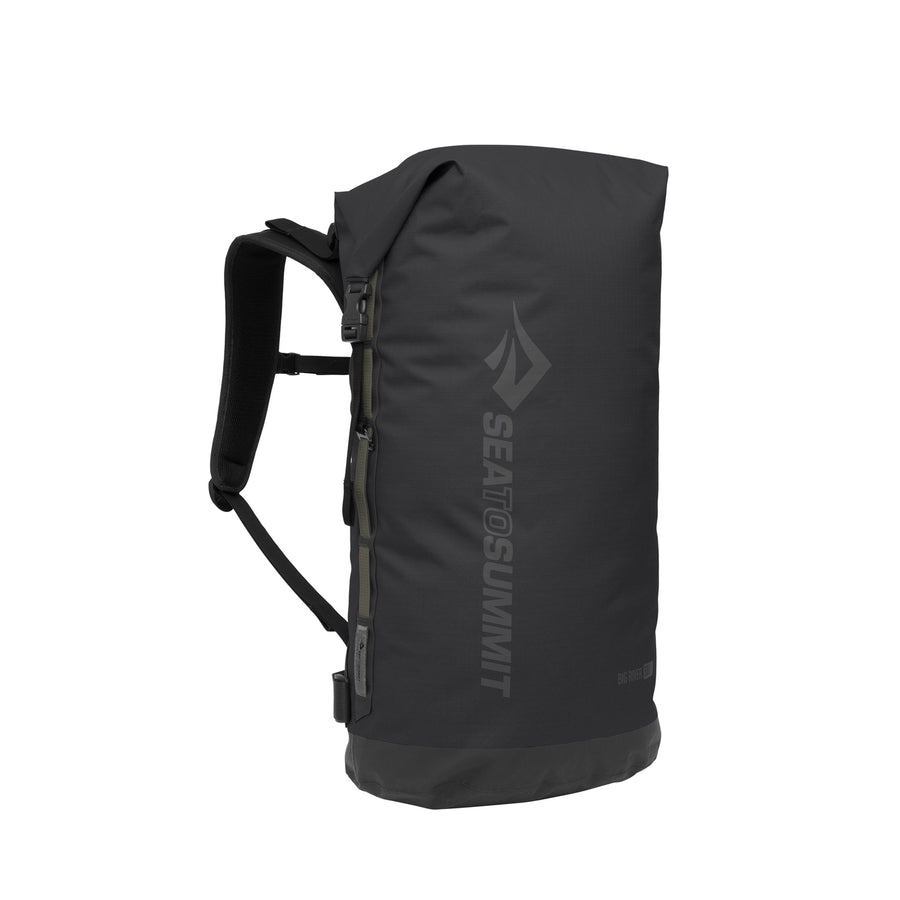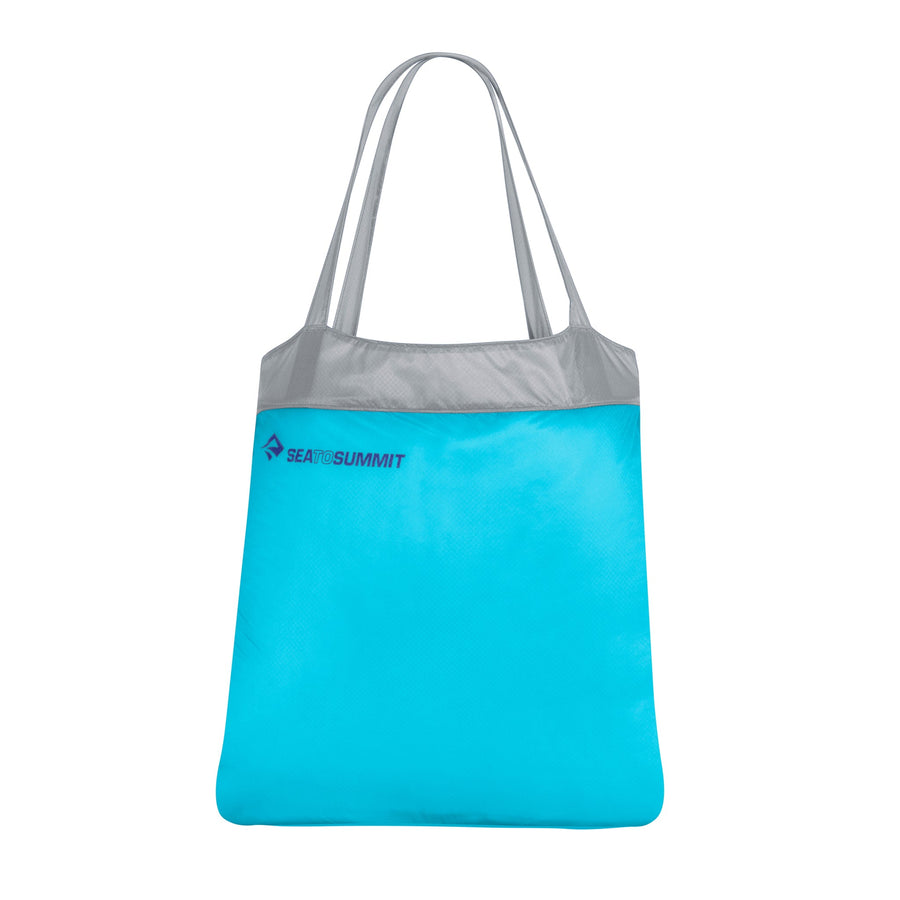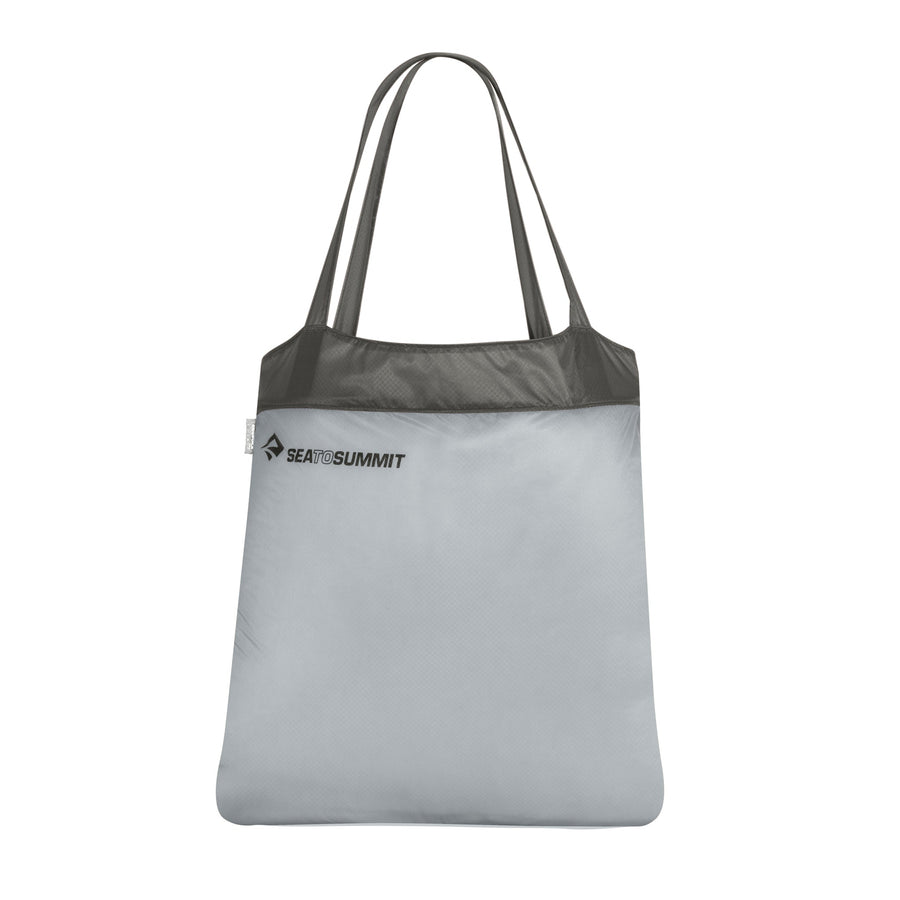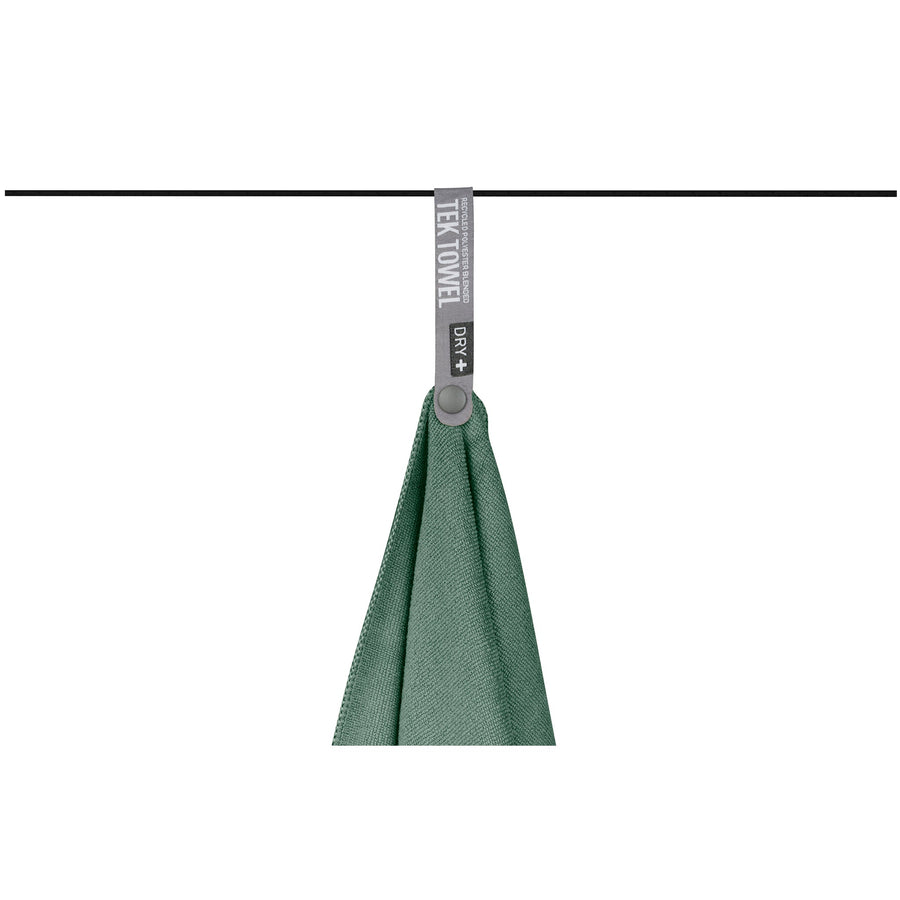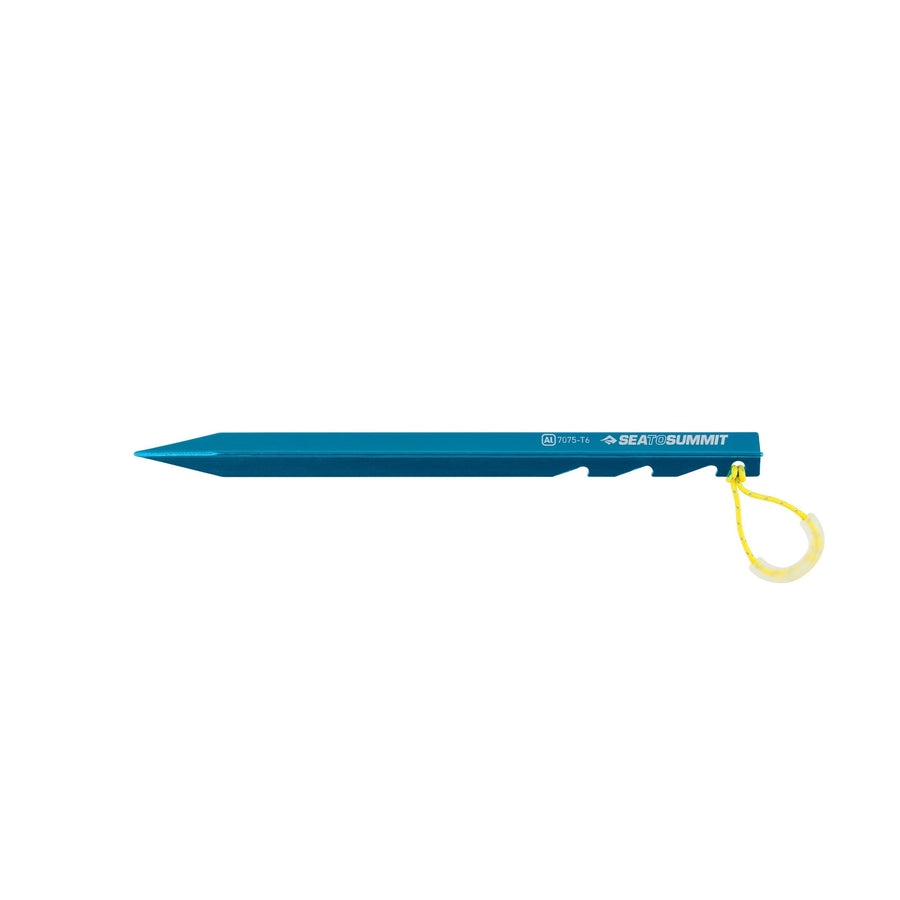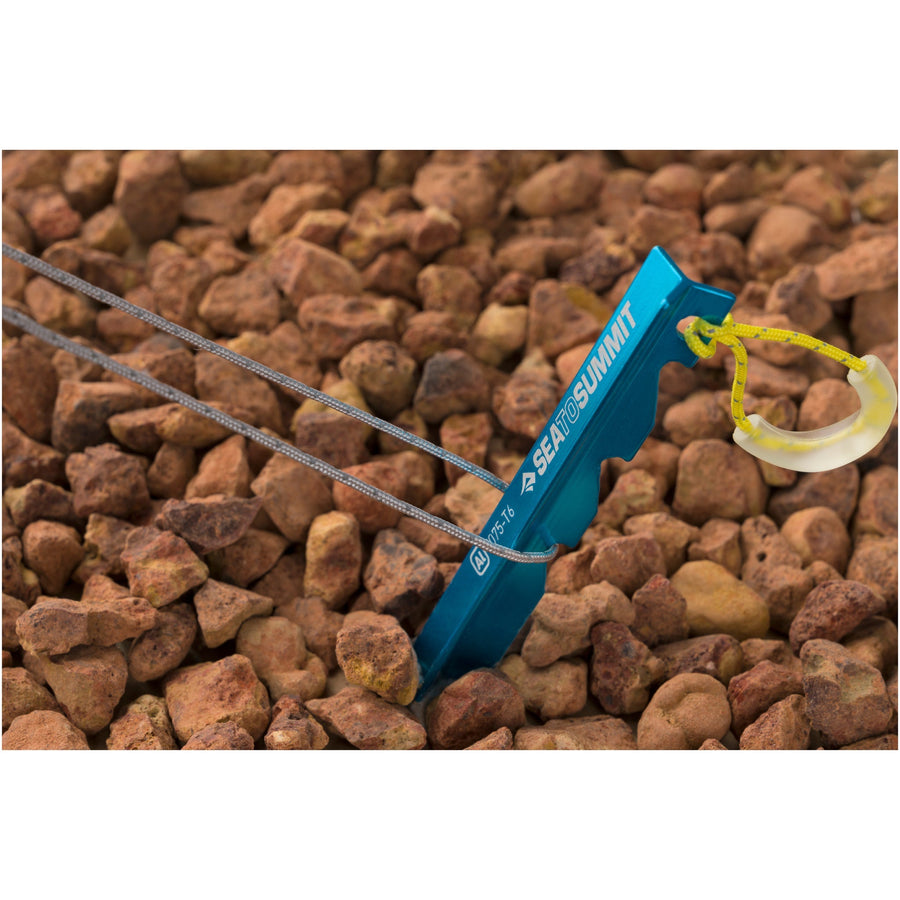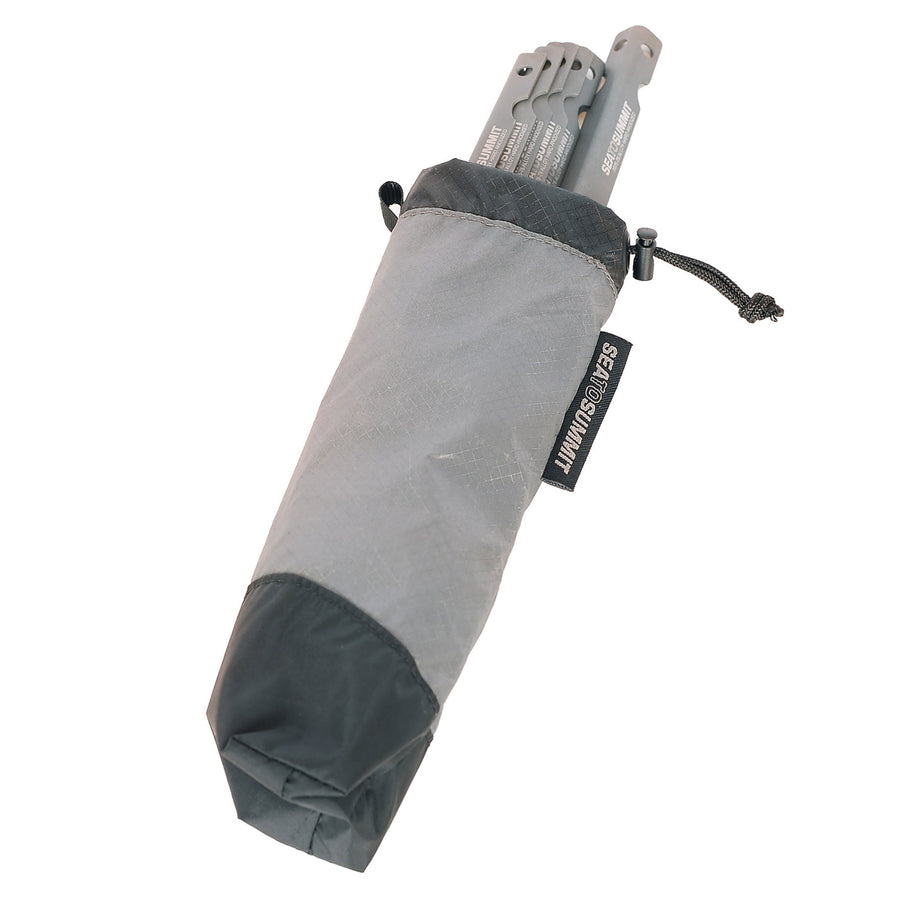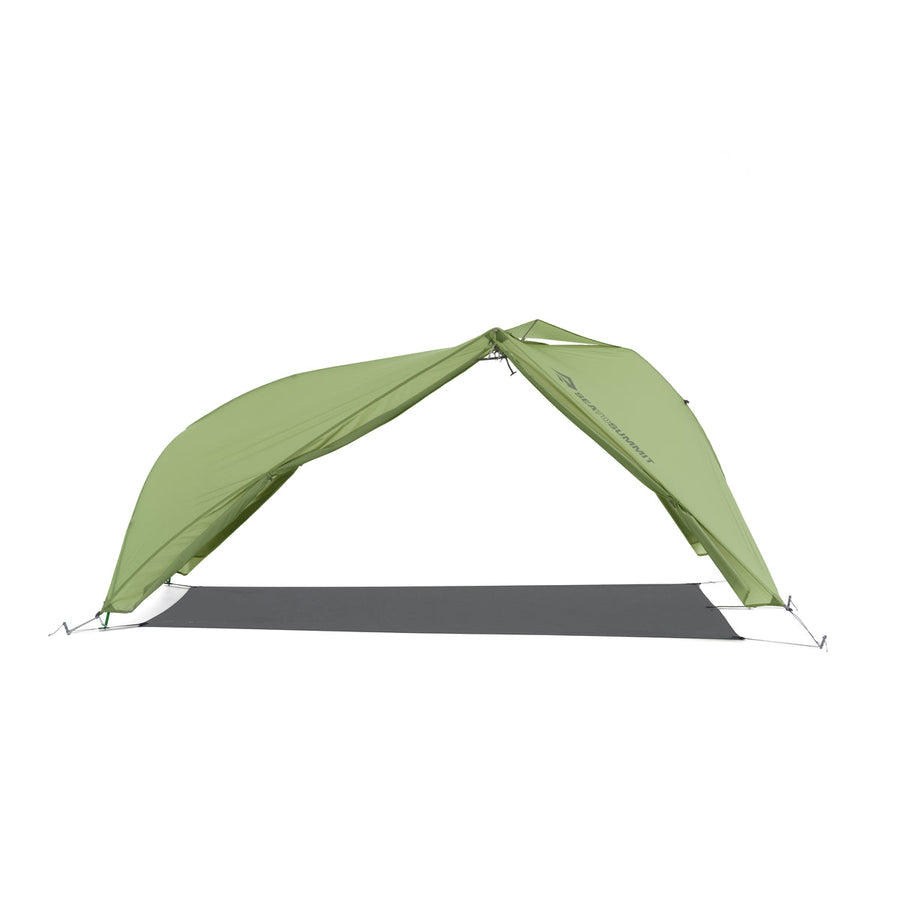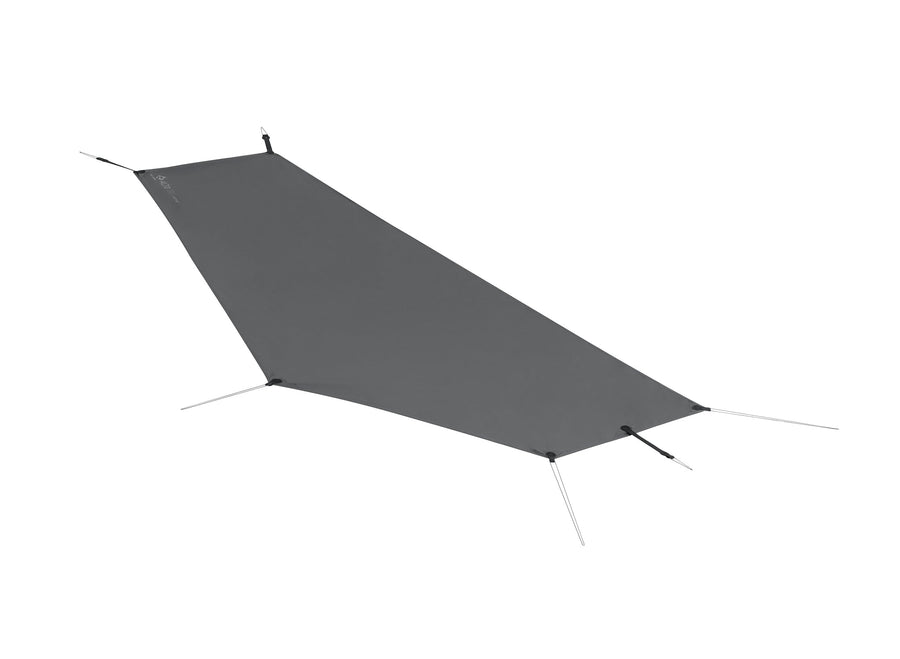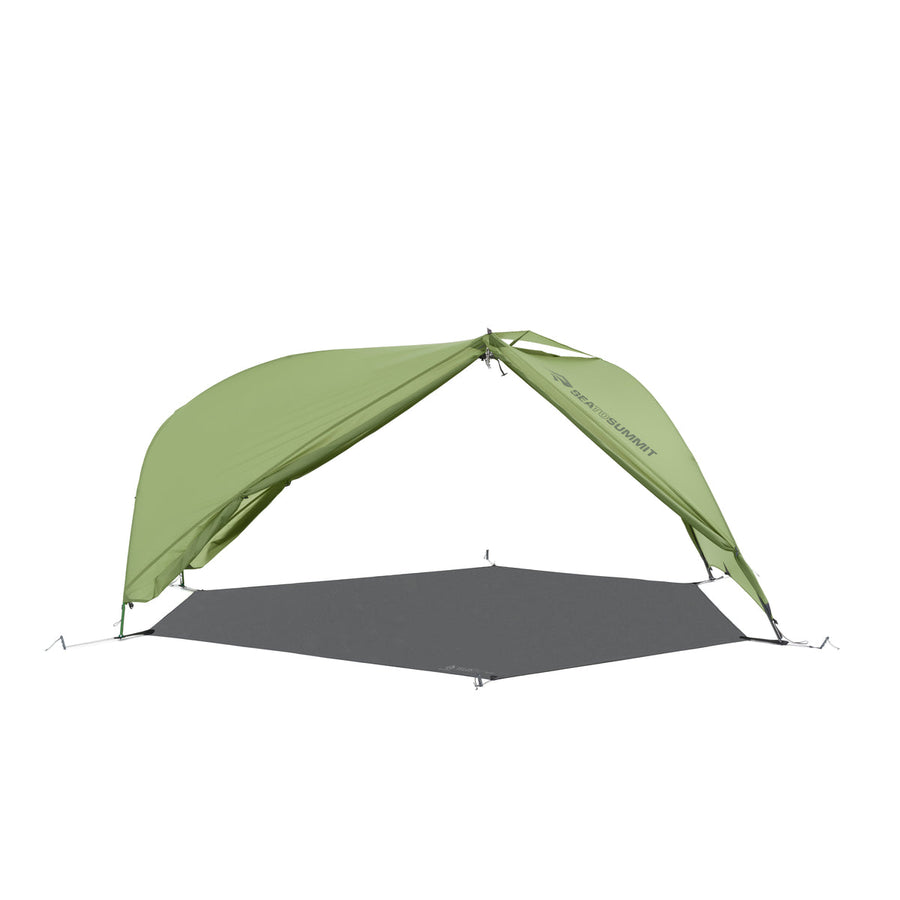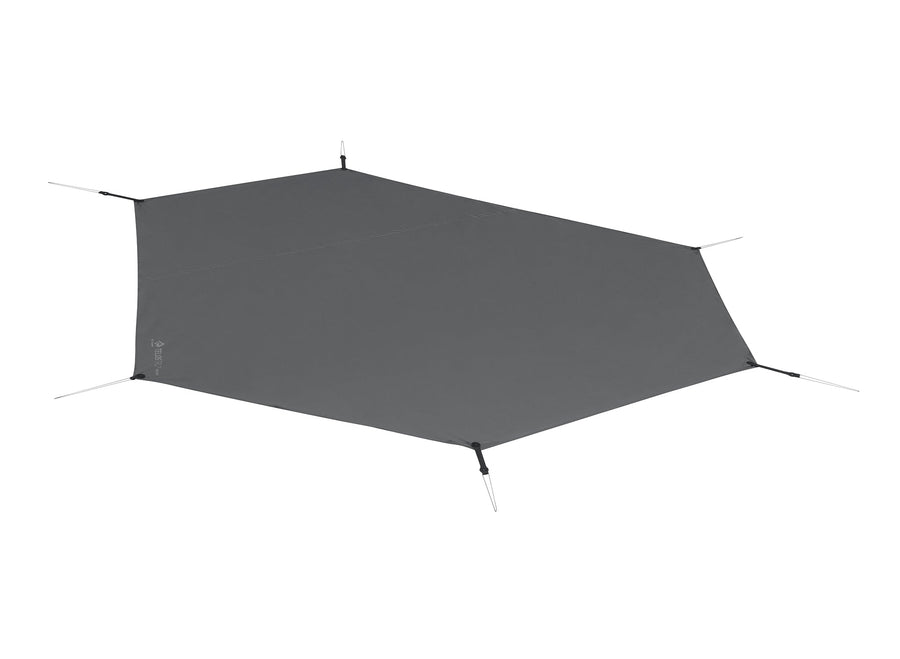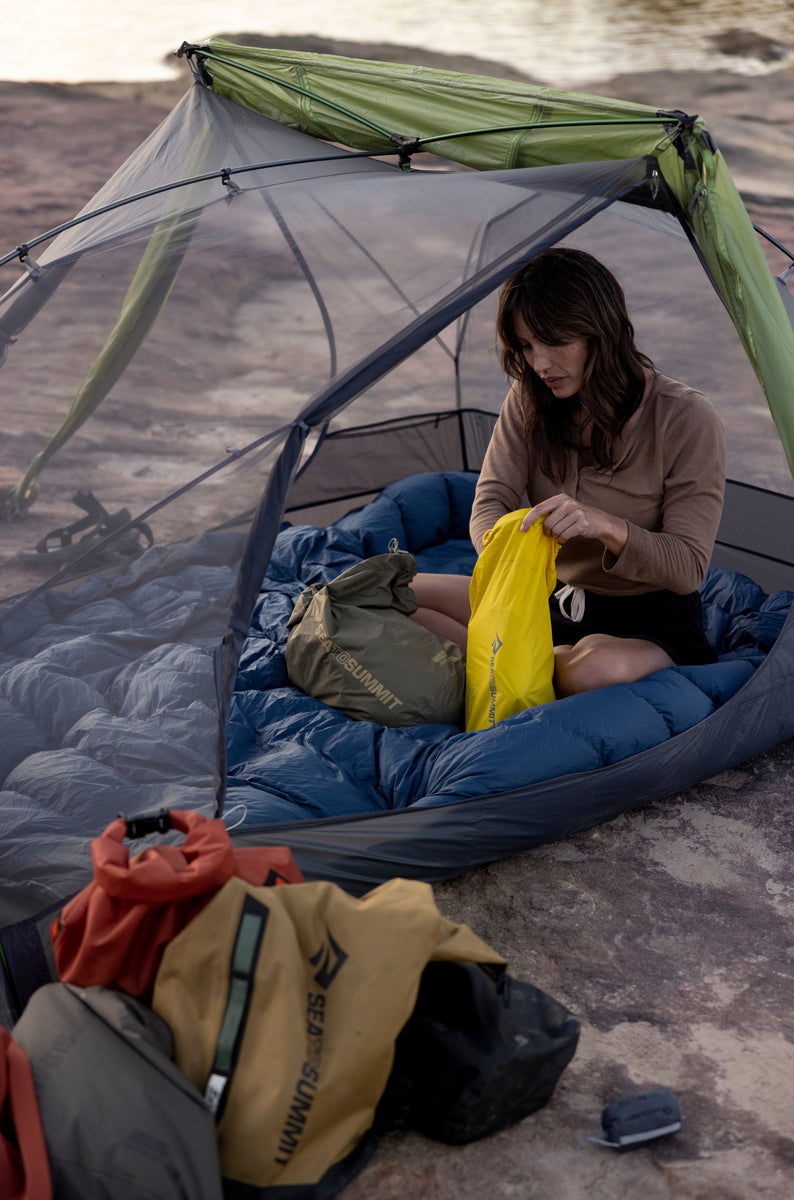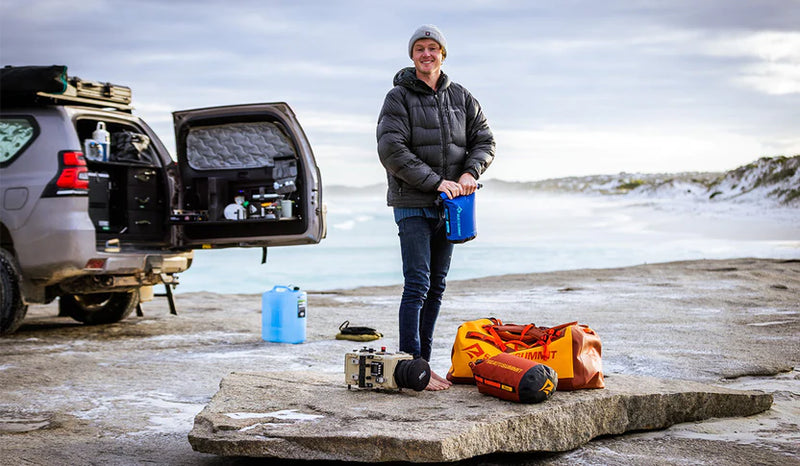Just how waterproof is waterproof?

Certain Sea to Summit products are made of waterproof materials, and those designed for exposure to really wet environments have seams which are seam-taped or welded. But – just how waterproof are our dry sacks, or Tarp Ponchos or the floor of our Alto and Telos tents?
Occasionally, you’ll hear someone make a comment that they assume a thing will be absolutely waterproof. But there’s clearly a difference between “garden hose” and “fire hose” waterproof, and therefore ‘waterproof’ is a scale, not an absolute. Fortunately, there’s a simple way of quantifying this:
How much pressure will a fabric sustain before water forces its way through the weave/waterproofing layer?

The most common way of expressing resistance to water pressure is called a ‘hydrostatic head’. (In many countries, a ‘waterproof’ fabric must exceed a certain minimum hydrostatic head – the USA does not have a generally agreed on a definition for waterproof.)
Here’s what hydrostatic head means: Imagine stretching a piece of fabric across the base of a tube (so tightly that water cannot leak out around the seal). Now fill the tube with water. If the water forces its way through the fabric when the tube is filled to 1 meter, the hydrostatic head for that fabric is 1,000mm. Five meters of water in the tube and the hydrostatic head would be expressed as 5,000mm. And so on.
How waterproof a fabric needs to be for a particular function will vary depending on conditions. A tent floor which is waterproof enough for high-and-dry Southern California may be inadequate for boggy campsites in New Zealand. A dry sack which works well to keep rainwater off of gear and clothing inside a backpack may be inadequate for whitewater rafting.

Here are some fabrics used in our products, and how waterproof (hydrostatic head) they are:
Lightweight Dry Sacks and Big River Dry Bags fabric will support a column of water 10,000mm high – approximately 33 feet. They are therefore ideal for general use including boating.
Ultra-Sil Dry Sacks fabric will support over 2,000mm. This is not sufficiently waterproof for river/ocean usage, so we describe them as ‘not designed for boating/marine use’.
Ultra-Sil Nano Dry Sacks fabric will support 1200mm. This is completely insufficient for river/ocean usage, so we describe them as ‘not suitable for boating/marine use’.
Alto tent floor fabric will support 1200mm. This is sufficient for camping in dry to damp conditions, but in boggy environments you will need a footprint. The floor of the Alto Plus tents will support 2500mm, adequate for wet conditions.
Telos tent floor fabric will support 2500mm, adequate for wet campsites. For really wet conditions, add a footprint. The floor of the Telos Plus tents will support 8000mm, sufficient for really boggy conditions.

ROLL-TOP CLOSURE
The hydrostatic head of a dry bag fabric is only one factor to consider when thinking about keeping things dry. A key consideration is the roll-top closure. With any brand of dry bag, water may begin to seep through the roll top closure if it under water even at a shallow depth or for a significant period.
Depending on how well the roll-top closure was sealed, seepage may occur in a matter of minutes of the top of the dry sack being submerged. This is the reason why Sea to Summit puts advisories on its dry bags and dry sacks explaining that they are not suitable for submersion use, and why ‘double bagging’ of sensitive or electronic devices is essential.

TEAR STRENGTH/ABRASION RESISTANCE in paddle dry sacks
Another factor to bear in mind is the tear strength/abrasion resistance of a fabric. Very light dry sacks such as the Ultra-Sil or Ultra-Sil Nano Dry Sacks are not intended for the sharp or rough surfaces found in paddling. We’ve included this information here.
WHAT IF THE HYDROSTATIC HEAD ISN’T LISTED?
Be skeptical of waterproof gear that is offered for sale without this vital piece of information. Most responsible companies provide this measurement – make sure you know the hydrostatic head of a fabric prior to making a purchase of any piece of gear designed to protect against wet situations – dry sacks, rain jackets, and (most particularly) tent floors.
Bear in mind that a product can be made of waterproof fabric (Ultra-Sil Compression Sacks, for instance), but not have tape-sealed seams – and therefore will only be water resistant, not waterproof.
Bear in mind, too, that not all coatings and laminates are created equal – some of these waterproof barriers may have an acceptable hydrostatic head when new, but will wear out after a few years. Sea to Summit fabrics have a proven track record of going the distance.
If you have any questions on the above, use the comment field below.
